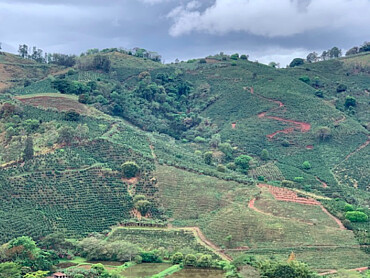Abstract
The case describes the efforts being taken by a community of coffee farmers to improve their livelihoods by leveraging marketing tools. It takes place in the town of Andradas, in the southern part of the Brazilian state of Minas Gerais. The two protagonists are Rafael Souza e Silva, an agronomist working at the rural cooperative of Andradas, and Rosana Fraga, the cooperative’s president. For generations, farmers in Andradas have been selling their coffees to intermediaries at rock-bottom commodity prices. However, due to the region’s high altitude and the excellent soil and climatic conditions, the coffees produced in Andradas are often of superior quality. Rafael and Rosana are encouraging these farmers to focus more on quality and want to help them to start selling their coffees at specialty coffee prices, which are much higher. They also want to leverage the stories of the farmers’ families—almost all of them with a history of immigration from Italy—to attract attention and make the coffee more interesting to consumers in rich export markets, such as Europe and the US. To reach this goal, Rafael has developed a tool called the Andradas Flavour Map. With the help of the farmers and a professional coffee taster, he maps the quality and the properties of the coffee grown in different parts of Andradas. The case discusses the current situation of Andradas and how the map was developed, and describes the global coffee industry and changing consumer preferences that lend themselves to the project’s goals. It can be used to address several different issues, including marketing, branding, sustainability, supply chain, economic development and international business. This case is part of the Sustainable Development Goals (SDGs) case series developed by Rotterdam School of Management (RSM), Erasmus University.
Objective
1. Students will acquire insights into the value-creating power of marketing activities. 2. Students will develop an understanding of the global food supply chain, focusing on both producers and consumers. 3. Students will learn how to articulate a positioning strategy, and how to better understand customers and competitors. 4. Students will acquire effective tools for developing customer affinity. 5. Students will reflect on the way environmental, societal, and technological trends are changing marketing and brand management. 6. Students will gain an appreciation of the value of branding and marketing for community development.
